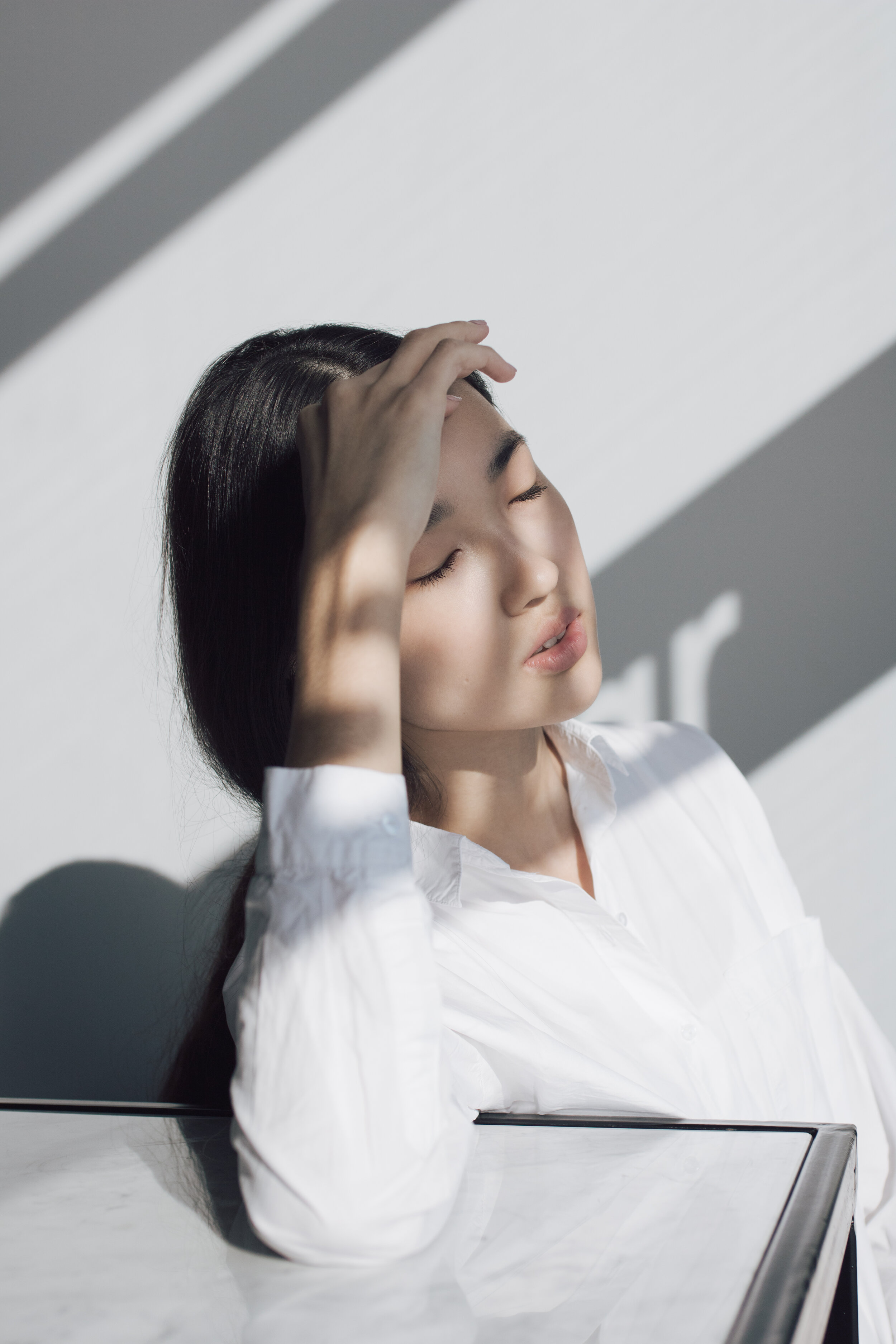Headaches
Types of Headaches
There are three primary types of headaches: migraines, tension, and cluster. Tension headaches are the most common type of headaches, while migraines are among the 10 most disabling lifetime conditions. Cluster headaches are the least common and unlike other headaches these headaches are more common in men.
In order to effectively reduce the occurrences of headaches it is important to have both a prevention and treatment plan. Prevention and treatment can include a variety of prescriptions, over the counter medications, lifestyle changes and herbals/supplements.
Prevention and treatment are important in reducing headaches. Treatment and prevention may consist of prescriptions, over the counter medications, lifestyle changes and herbals/supplements. Lifestyle changes may include eating regularly, adequate sleep, stress management, and using a headache diary.
There are a variety of different prescription medications that can be used for both treatment and prevention. In addition, over the counter medications including NSAIDs, such ibuprofen and naproxen, and acetaminophen may be useful. If a person is experiencing nausea and vomiting additional medications may be added such as Reglan and prochlorperazine. In office treatments such as Botox may be helpful for some.
Supplements and Herbals
Supplements and herbals are not FDA approved or regulated. The connection between using supplements and herbals is based more on anecdotal data.
Here I will list some herbs and supplements that may be used. Please be aware that these may not be suitable for everyone and you will want to discuss your options with your provider. Always look for reputable products, if they are USP certified that is a plus.
Willow bark contains salicin and is metabolized (broken down by the body) to salicylic acid. In fact, aspirin was originally derived from Willow bark. It is thought to work by inhibiting COX which decreases prostaglandins (inflammation).
Caffeine may work by blocking pain mediators or cause mood changes that modify pain. Yerba mate and Gurana both contain caffeine. Always be careful with excessive caffeine and caffeine withdrawal. Take caution with excessive caffeine as it may aggravate heart conditions, depression, anxiety, gastric ulcers.
Magnesium has also been researched in treating migraines. The citrate form has the most studies to support it use, however you may also look into magnesium glycine and magnesium L-threonate.
Peppermint oil has more support for tension headaches. It is applied topically to the temples and forehead and is thought to sooth and relax tension.
Vitex (chasteberry) is more for headaches related to PMS. It is thought to affect neurotransmitters and hormones, including dopamine, acetylcholine and opioid receptors. Some evidence suggests that it may also have effects on estrogen and progesterone and is more beneficial for low progesterone and high estrogen.
5-HTP is a precursor to serotonin which can affect pain sensation and thought to help prevent migraines. You will want to look for a USP certified brand. It may interact with tramadol, as there is a risk of serotonin syndrome.
A product called Sinol Headache Relief with the active ingredient, Capsicum, is an intranasal spray that works like topical capsaicin creams by depleting substance P which desensitizes nervous tissue. It is recommended to be used on the same side of the migraine. Pain and other side effects may occur, such as sneezing and teary eyes, that seem to subside after several applications.
For prevention butterbur 75 mg twice daily may help. Petadolex is brand that has been studied which contains extracts of petasin and isopetasin and showed a reduction in migraines by 48%. It is thought to have antispasmodic effects on the smooth muscle. The most frequent adverse effect is primarily burping. Also look for a high quality standardized extract that is PA free, otherwise it may lead to liver damage. Avoid in ragweed allergies.
Feverfew may inhibit platelet aggregation, serotonin release, leukotrienes, prostaglandin synthesis. Avoid if you are at increased risk of bleeding or taking warfarin. Also avoid in ragweed allergies. If you are to stop taking feverfew it is recommended to taper off dosage to prevent “post-feverfew syndrome” symptoms including nervousness, headache, insomnia, joint pain and tiredness.
Vitamin B2 also known as Riboflavin, MOA may play a role in mitochondrial function. It has been suggested that migraine headaches could be partly due to mitochondrial dysfunction. Mitochondria are involved in oxidative energy metabolism. Riboflavin is required as a precursor for factors needed for electron transport in mitochondria.
Coenzyme Q 10
Melatonin. Keep in mind melatonin may not be safe in people who are pregnant or trying to get pregnant.
Fish oil might suppress inflammatory cytokines, prostaglandins, or leukotrienes and reduce headaches and most clinical evidence suggests it is not effective
Lifestyle Recommendations
There are also a variety of lifestyle recommendations that may help with reducing headaches.
Eating healthy and regularly is important in preventing migraines. Food and beverages that contain nitrites, monosodium glutamate (MSG), aspartame or neurotransmitter precursors (e.g. tyramine, tyrosine, phenylalanine) may trigger a migraine. Examples of foods that you may want to avoid are aged cheeses, cured meats (e.g. hot dogs, bacon), chocolate, alcoholic beverages (especially red wine), caffeine-containing beverages. Staying hydrated and moderate alcohol and caffeine intake is important as well. In addition, missed or delayed meals can also trigger migraine. Getting regular sleep is important as well as exercising regularly. Aerobic exercise may help as well as yoga. Working on reducing stress, massage and acupressure may help.
Headache Diaries
Headache diaries may help track headache triggers. Triggers may include personal and work-related stress, abnormal sleep (excessive, poor, restless), bright lights, certain smells, dietary factors, meteorological factors and neck pain. Hormones may also play a role.
References:
1. Dai YJ, Wang HY, Wang XJ, Kaye AD, Sun YH. Potential Beneficial Effects of Probiotics on Human Migraine Headache: A Literature Review. Pain Physician. 2017;20(2):E251–E255. Accessed on April 9 2020
2. Martami F, Togha M, Seifishahpar M, et al. The effects of a multispecies probiotic supplement on inflammatory markers and episodic and chronic migraine characteristics: A randomized double-blind controlled trial. Cephalalgia. 2019;39(7):841–853. doi:10.1177/0333102418820102. Accessed on April 9, 2020
